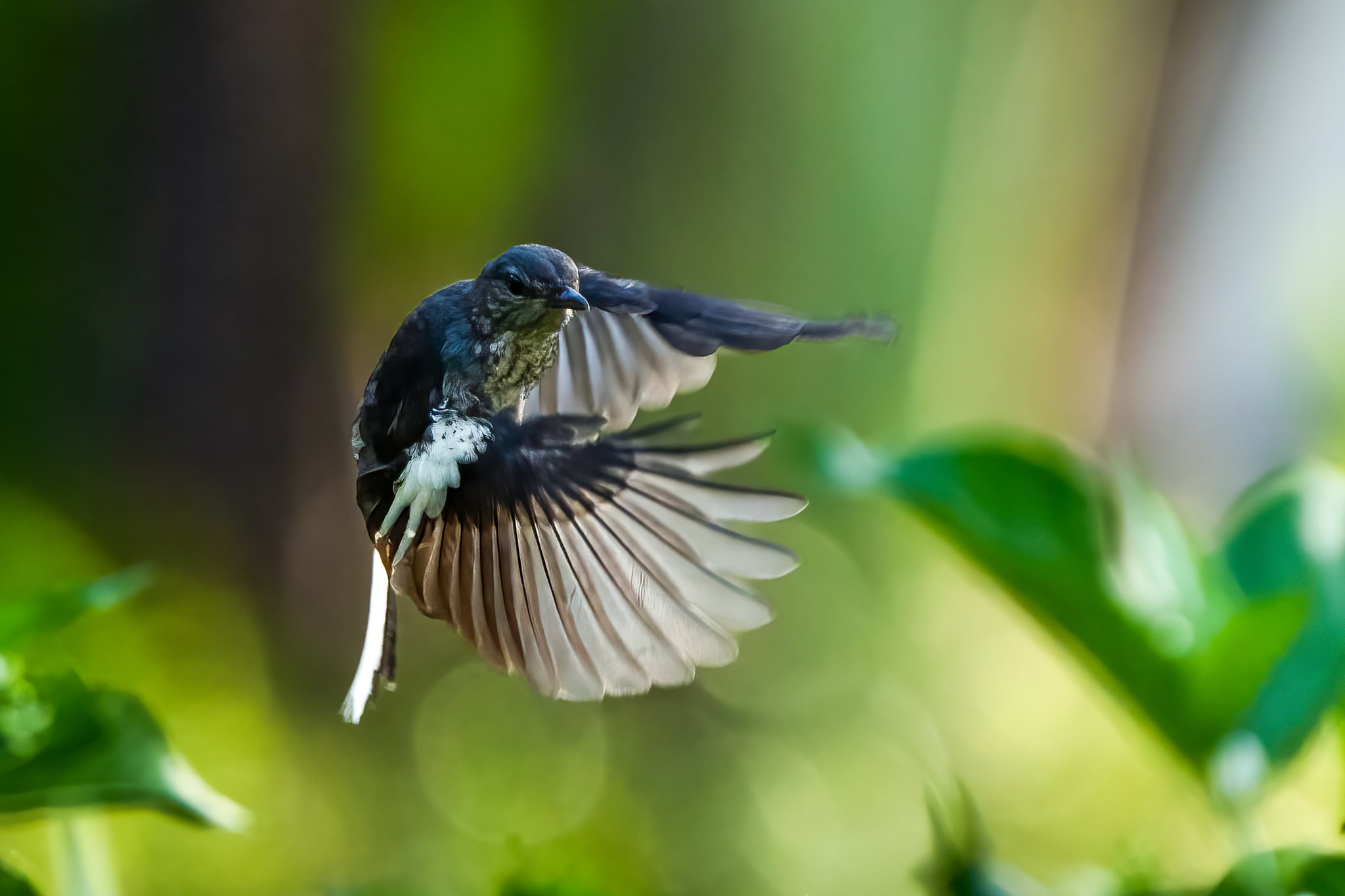5 Striking Birds to Watch at Lang Co Bay
The tropical haven of Lang Co Bay is home to a kaleidoscope of flora and fauna, including 15 species of strikingly colourful wild birds.
In celebration of the 10-year anniversary of Banyan Tree Lang Co and Angsana Lang Co, we have launched a new birdwatching activity, along with a photo exhibition that documents these 15 birds, all shot by local professional bird photographers.
Preview five of these beautiful species below:
Blue-throated Bee-eater
Credit: Duong Thai Dung, Bird Photographer
An insect-hunter with a long bill and triangular wings, the Blue-throated Bee-eater often hunts from exposed perches such as telephone lines or snags. Juveniles have a pale blue throat that turns bright blue once they are fully grown, and they develop an orange-brown crown and nape along with long trailing central tail feathers.
Crimson Sunbird
Credit: Duong Thai Dung, Bird Photographer
A common sight across mountains, plains, and midlands in Vietnam, the medium-sized Crimson Sunbird has a loud and high-pitched repetitive song. Males are bright red with a dark gray belly, iridescent blue cap, and “moustache”, while females are a dull olive-yellow with brighter underparts.
Greater Racket-tailed Drongo
Credit: Nguyen Dung, Bird Photographer
The Greater Racket-tailed Drongo gets its name from the distinctive elongated outer feathers of its tail, which look vaguely like a sports racket. They are conspicuous in forest habitats, often perching in the open and attracting attention with a wide range of loud calls that include monotonously repeated whistles, metallic and nasal sounds as well as more complex notes and imitations of other birds.
Daurian Redstart
Credit: Duong Thai Dung, Bird Photographer
A beautiful and active songbird that sings in a lively cascade of warbling, the Daurian Redstart thrives in open spaces. It breeds in open forests and subalpine areas dominated by shrubs, and spends winters in scrubby forest edges, gardens, and fields. This migratory species can be recognised by its orange underside and white patch on each wing, where males sport a gray crown and nape, a black face and dark wings, while females are mostly brown.
Bar-bellied Pitta
Credit: Duong Thai Dung, Bird Photographer
The Bar-Bellied Pitta can be recognised by its signature black mask, and males have an aquamarine-blue patch on the back of the crown while females have a pale orange head. Like other pittas, it forages deep in dense undergrowth and can be hard to see, especially in the limestone gullies and forested riversides it prefers. It can be found in many regions in Vietnam, and its call resembles a single blare of a police car alarm.
Find out more about our guest birdwatching experience and other 10th anniversary celebrations at Banyan Tree Lang Co and Angsana Lang Co.
